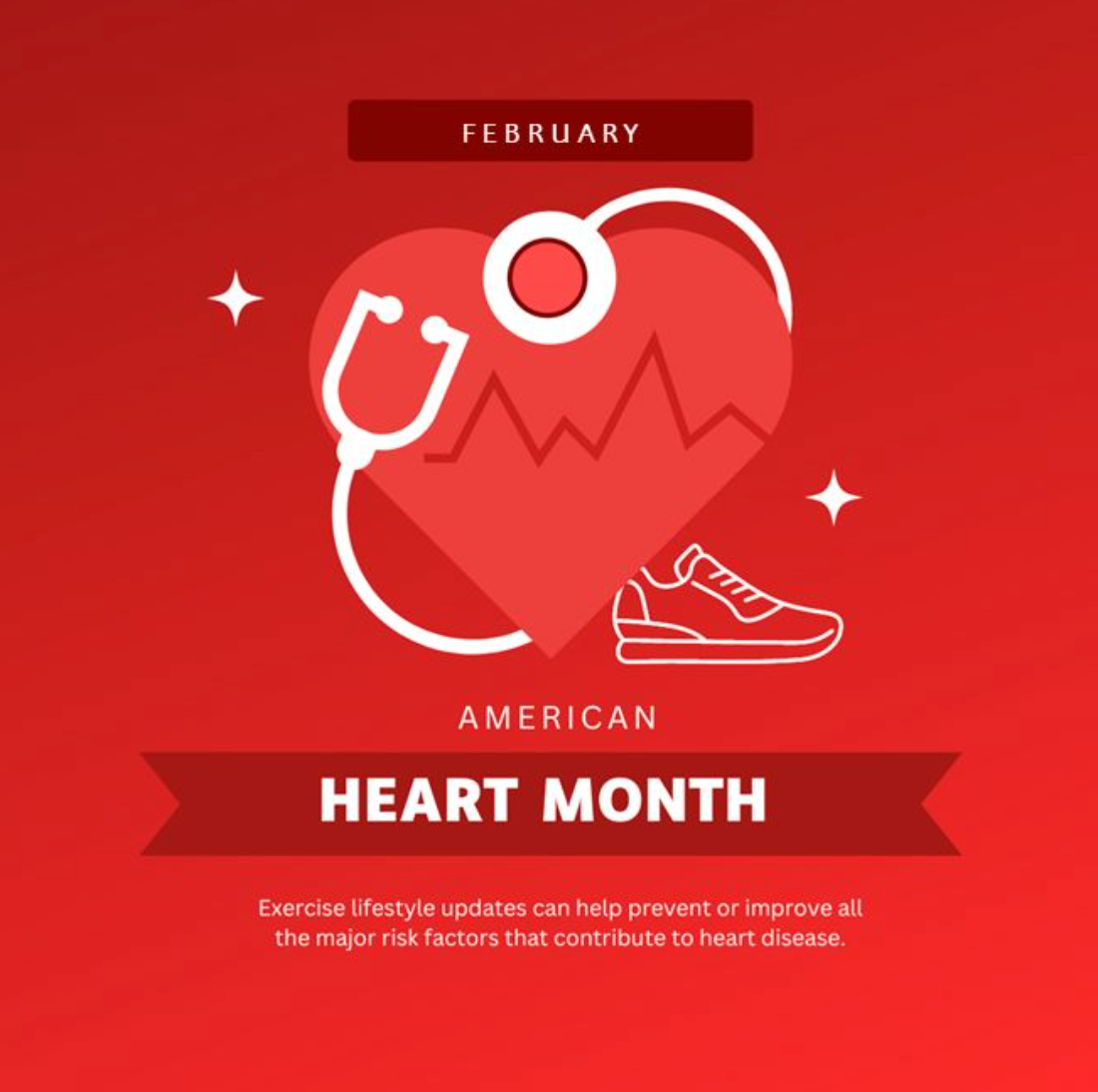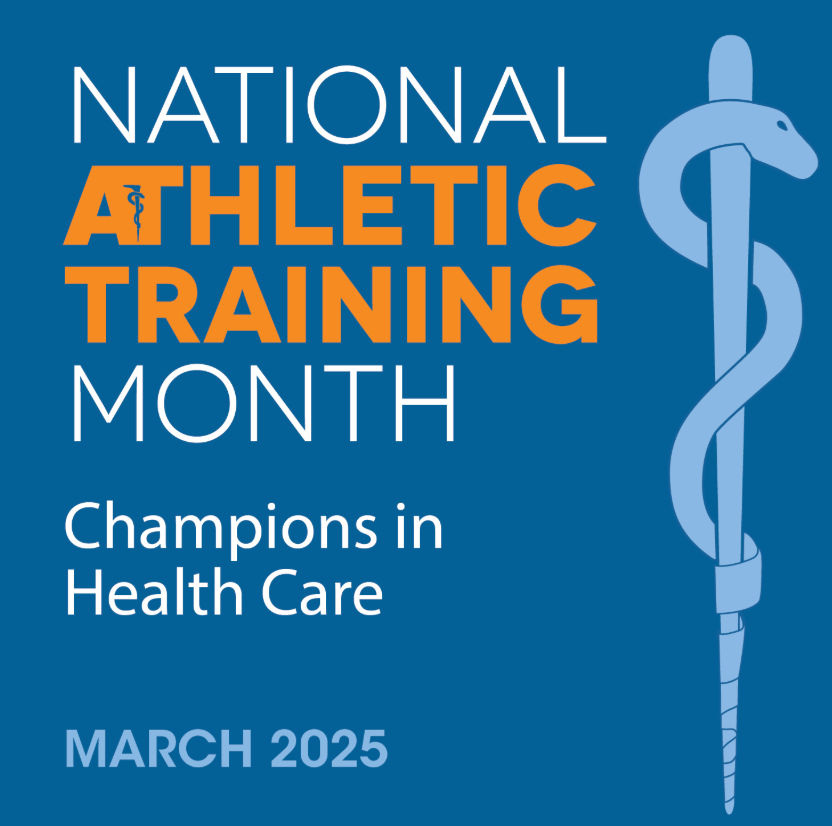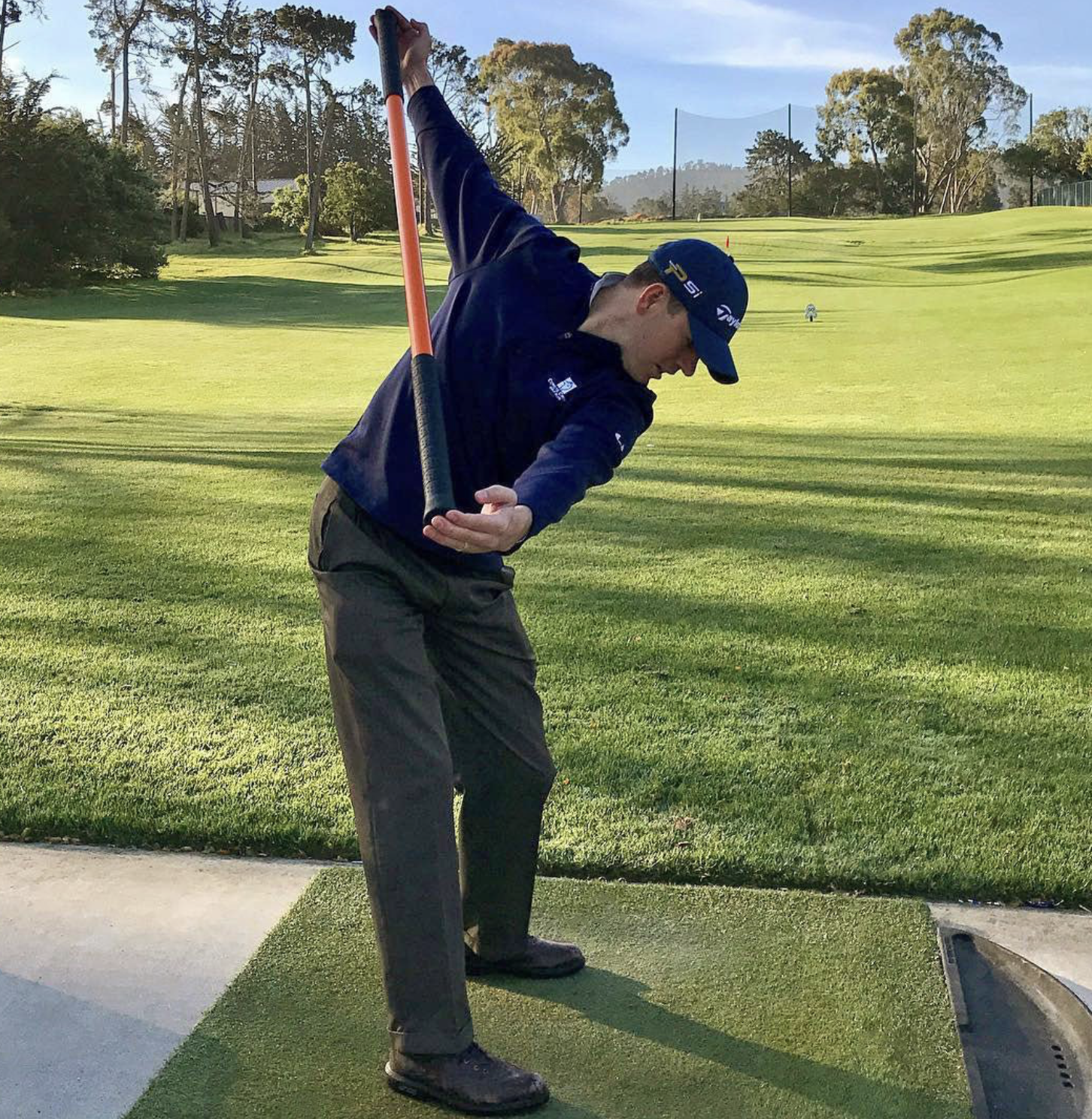February marks American Heart Month, a time dedicated to raising awareness about heart health and encouraging lifestyle changes to improve cardiovascular well-being. Let’s explore how a training modality can contribute significantly to heart health. Typically associated with mobility, flexibility, and functional strength, Training Sticks can also play a key role in enhancing cardiovascular health when incorporated into a structured fitness regimen focused on endurance and cardio training.
The Connection Between Movement and Heart Health
The heart, much like other muscles in the body, thrives on movement and varied forms of physical activity. While traditional aerobic exercises like running, cycling, and swimming are well-documented for their heart health benefits, integrating active stretching and resistance work with a fitness tool like the Training Sticks offers unique advantages. These include improving arterial elasticity, circulation, and overall cardiovascular function.
Arterial Elasticity and Cardiovascular Benefits
Arterial stiffness is one of the leading contributors to heart disease. Research, including findings by Dr. Robert Schleip, has shown that active stretching—especially when performed with sustained, controlled movements—can enhance arterial elasticity. This type of stretching improves circulation, decreases blood pressure, and supports the smooth muscle surrounding arteries.
Training Sticks are uniquely suited for active stretching routines. By leveraging the resistance and feedback they provide, users can perform movements that stretch and load the smooth muscles around the heart. These movements increase the length-tension capabilities of collagen bonds, which form the genetic makeup of arterial walls. Over time, this practice can significantly improve vascular health, reducing the risk of heart-related ailments.
Endurance Training
Endurance and cardiovascular conditioning often go hand in hand. Incorporating Training Sticks into endurance-based exercises not only adds variety but also enhances the training’s effectiveness by promoting full-body engagement and improving mobility.
This is a great full-body functional exercise that strengthens the core, shoulders, hips, and posterior chain while improving proximal stability and balance. There are three Phases of Single-Leg Romanian Deadlift.
Phase 1 - Sagittal RDL
- Get into a tall standing position with feet about 1-2 inches apart. Place the Training Sticks at 11 and 1 o’clock with your hands at sternum level.
- Push both sticks into the floor at approximately 50% effort.
- Bring one hip into 90° and then sink your standing hip back into the hinge pattern.
- Dorsiflex the ankle on the free leg to create more tension and support from the posterior tissues. Hold the rep for 10-20 seconds and then return to the beginning.
- Perform 2 more reps and hold for the same amount of time.
Tip: The goal is to create length through the entire line so we want to focus on reaching the arms forward while maintaining ribs to hips in order to avoid overarching your lower back. Fully lengthen the free leg while holding it parallel with the floor. This will help create full tension throughout the entire body.
Phase 2 – Airplane (Frontal Plane)
- Set up in a tall standing position with feet about 1-2 inches apart.
- Place the Training Sticks at 11 and 1 o’clock with your hands at sternum level.
- Push the sticks into the floor at approximately 50% effort and then begin your single leg RDL. Once you’re set in the single leg RDL, begin by turning your eyes and then the head towards the side of your free leg (example: right leg elevated, then turn right).
- Then slowly open up your hips laterally. Hold for 6-10 seconds and then turn your eyes and head back towards 12 o’clock and then close your hip back down towards the floor.
- Perform 3 reps and then switch sides.
Tip: Don’t get carried away trying to do too much on your first rep. Less is more. The objective is to maintain your posture and not fall over. Start small and then gradually increase your range of motion.
Phase 3 - Helicopter (Transverse plane)
Follow the same exact cues for the Sagittal RDL.
- Begin by walking the sticks in either direction by one digit on the clock (example: sticks at 11 and 1 o’clock >> 12 and 2 o’clock or 12 and 10 o’clock).
- The torso stays in line with the space between the sticks (example: sticks at 12 and 2, the torso should be at 1 o’ clock, back leg should be at 7 o'clock).
- Hold each new position for 6-10 seconds.
- Walk the sticks around the clock in both directions until you’ve reached 8 and 10 o’clock and 2 and 4 o’clock. Stay in the hinge pattern through the entire movement.
Tip: Don’t allow the back leg to be lazy and drop towards the floor.
Active Recovery and Heart Rate Variability
Active recovery sessions using Training Sticks can also contribute to improved heart health. Heart rate variability (HRV), a measure of the variation in time between heartbeats, is a key indicator of cardiovascular fitness. Gentle, rhythmic movements with Training Sticks during recovery sessions help lower stress levels and promote parasympathetic nervous system activity, which is crucial for heart health.
Sample Routine: Stick Flow for Active Recovery
- Begin with gentle shoulder rolls while holding the Training Stick horizontally.
- Transition into side bends, moving smoothly from side to side.
- Incorporate spinal twists, keeping the movements fluid and controlled.
- Finish with deep, diaphragmatic breathing while holding the stick overhead.
Building a Heart-Healthy Routine
To maximize the heart health benefits of Training Sticks, aim to incorporate the following into your weekly routine:
- Cardio-focused sessions (2-3 times per week): Combine endurance exercises like dynamic lunges with steady-paced activities such as brisk walking or cycling.
- Mobility and active stretching sessions (2 times per week): Use Training Sticks for sustained, controlled movements that promote arterial elasticity and improve circulation.
- Active recovery days (1-2 times per week): Engage in gentle stick flows to enhance HRV and support cardiovascular recovery.
The Bigger Picture: Heart Health Beyond Exercise
While Training Sticks are a powerful tool for improving heart health, they work best as part of a holistic approach. Pair your exercise routine with heart-healthy nutrition, stress management, other exercise programs, and regular medical checkups to ensure comprehensive cardiovascular wellness.
Conclusion
This American Heart Month, consider stepping outside the traditional cardio box and exploring the benefits of Training Sticks for heart health. By combining endurance, mobility, and resistance training, you can create a balanced, effective fitness regimen that supports your cardiovascular system in unique and meaningful ways. Whether you’re a seasoned athlete or just beginning your fitness journey, Training Sticks offer an innovative way to prioritize your heart health—one stretch, lunge, and rotation at a time.
Visit Stick Mobility for more information.


